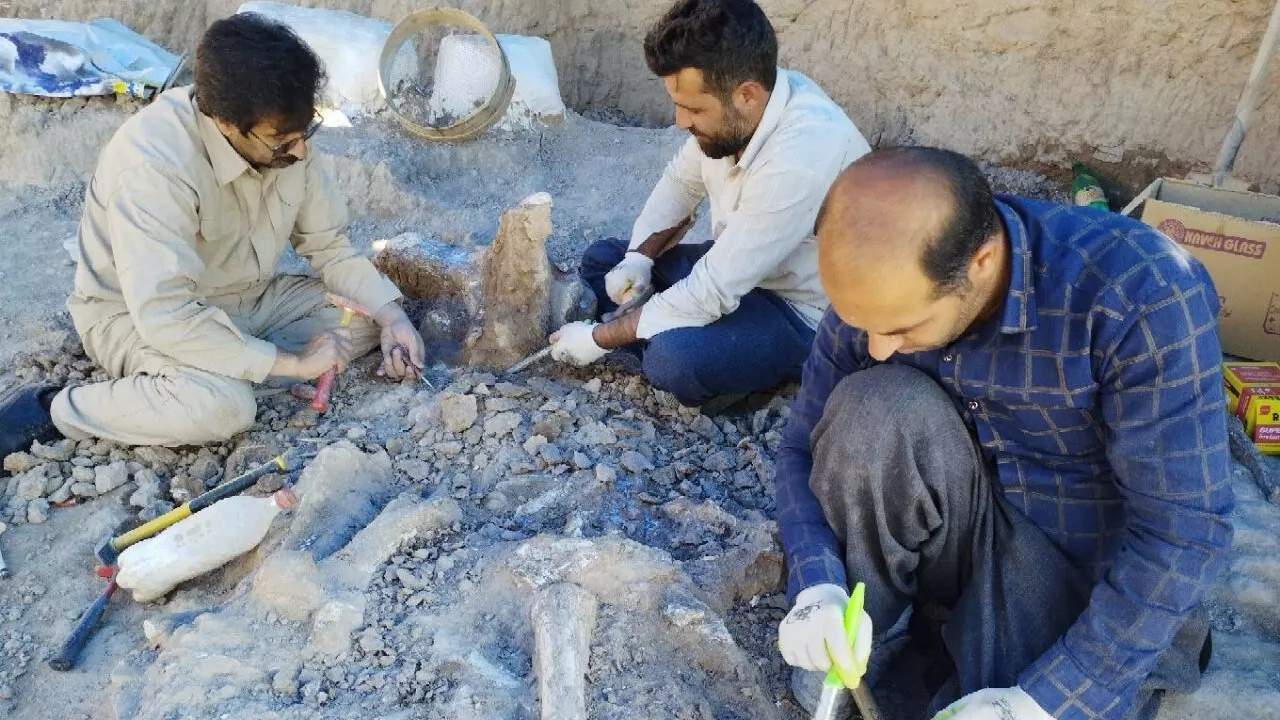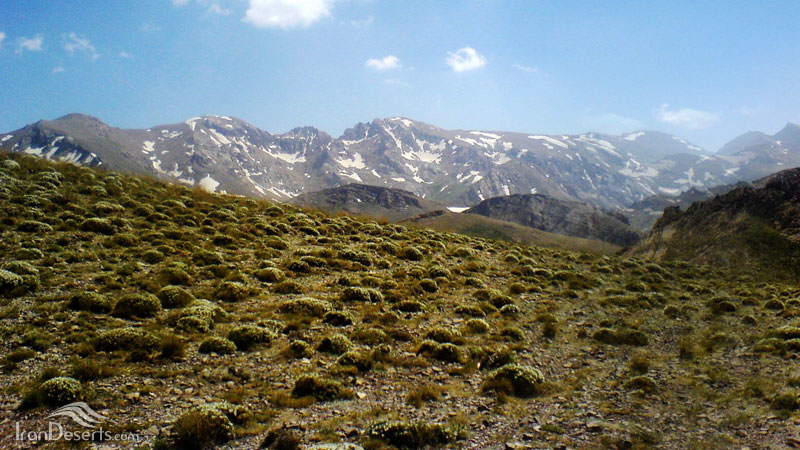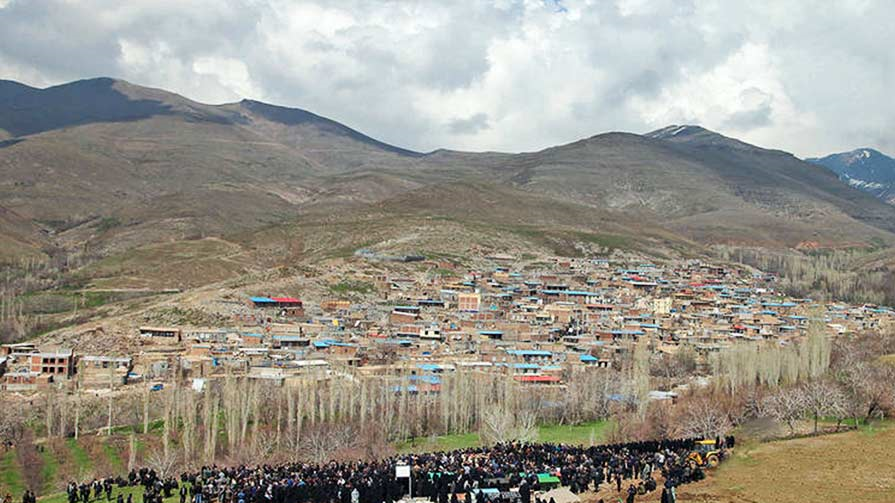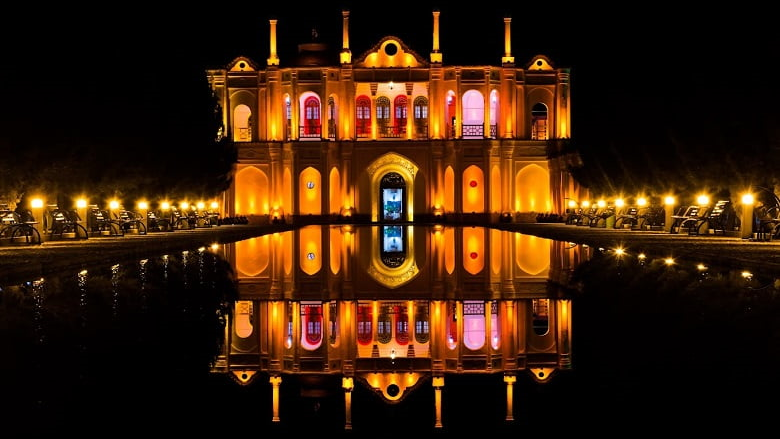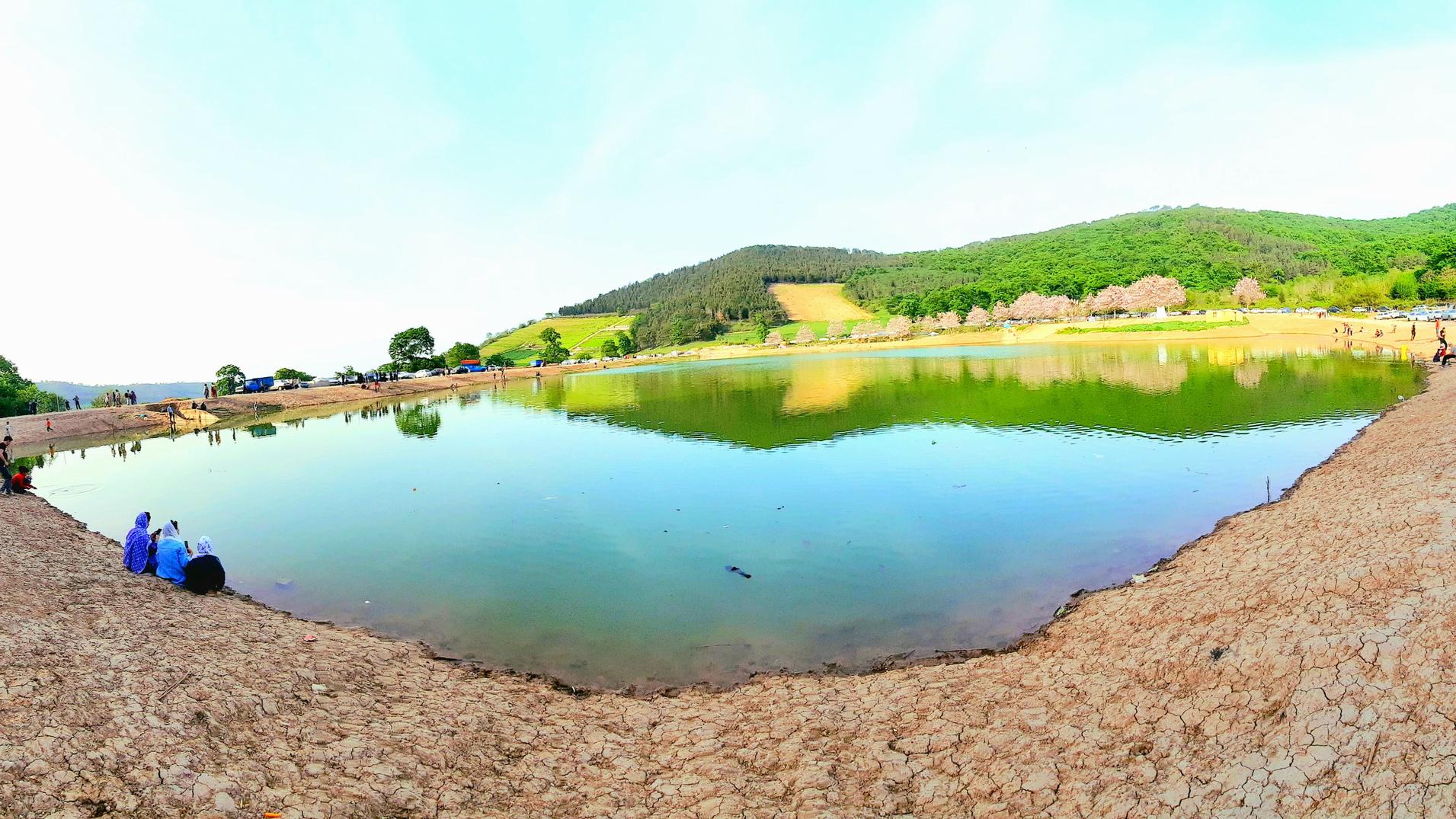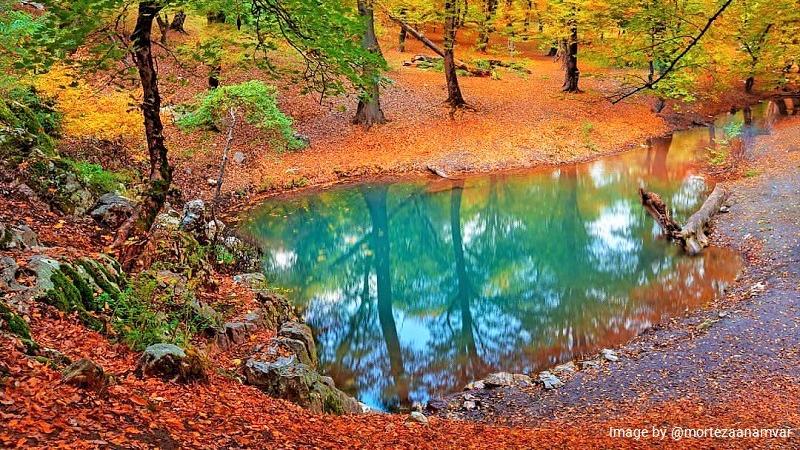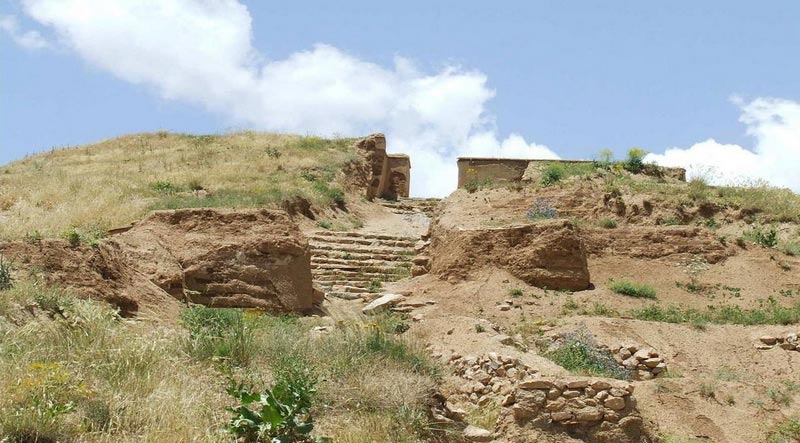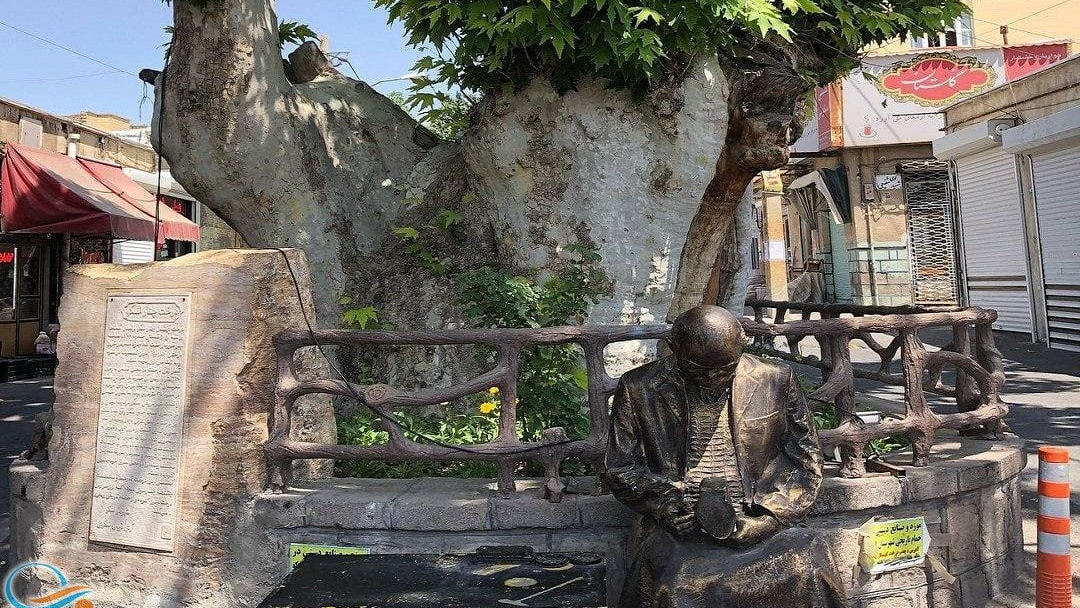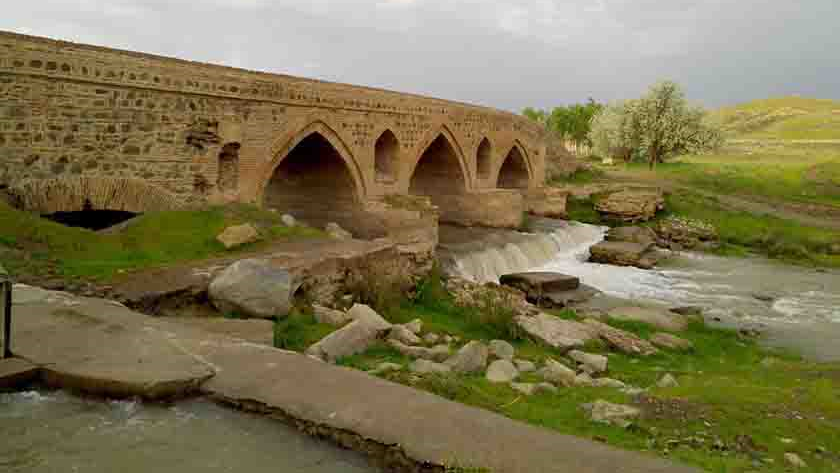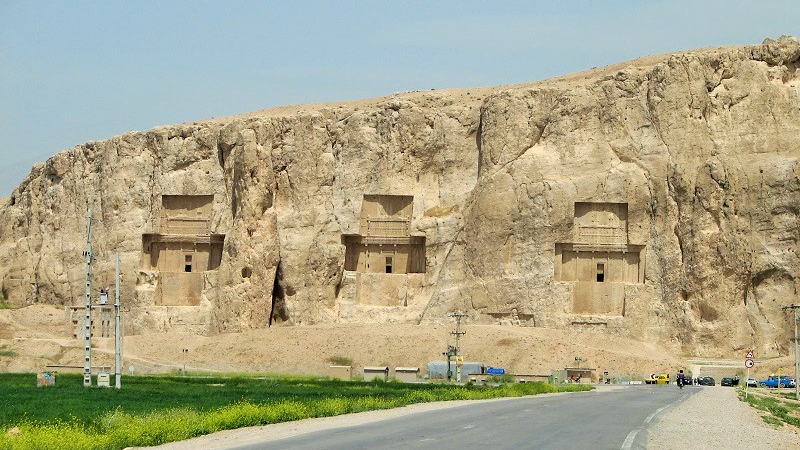
Tombs of Achaemenid Kings
There are four stone tombs of Xerxes I (reigned from 485 to 465 BC), Darius I (522 to 486 BC), Ardeshir I (465 to 424 BC), and Darius II (423 to 404 BC) in the historical area of Naqsh-e Rostam in the heart of a mountain called “Hosseinkuh, which are almost identical with the only exception that the tomb of Darius I is more important than the other three tombs because there are many cuneiform inscriptions in it.
The Origin of Stone Tombs
It seems that the Achaemenids had learned the tradition of burying the dead in stone tombs from the Medes. The tombs of the Medes (678 to 549 BC) in western Iran prove such a claim. However, the structure of Achaemenid tombs in Naqsh-e Rostam, both with regard to their exterior and interior, was completely new. The creation of stone tombs was also imitated in the post-Achaemenid era.
Features of Achaemenid Tombs
The exterior of all four tombs looks like a cross - which has been seen in many Iranian works - carved into the heart of a rock at a height of about 60 meters. The height of the crosses of the tombs is 22 meters and each of them has arms of about 11 meters.
These tombs resemble the entrances of Achaemenid palaces, above which are carved images of people of different nationalities carrying the royal throne.
Tomb of Darius I
Darius I was buried in this tomb after his death in 486 BC. It seems that Dariush had started the construction of his tomb at the same time as the construction of the Apadana Palace in Susa and Persepolis, and this tomb was prepared several years before his death.
There are 9 graves inside the tomb of Darius, which shows that in addition to him, graves were also prepared for his relatives. There are also some inscriptions in his tomb that are of historical value and contain information about his personality and era.
Tomb of Xerxes I
Xerxes was assassinated in 465 BC by the conspiracy of the chief royal guards. He had inherited the throne at the age of 35 and was buried in this tomb after 20 years. This tomb is located 100 meters east of the tomb of Darius I. The entrance to the tomb has a vestibule measuring 3 by 6.6 meters. There is only one room in the tomb, which is located directly in front of the entrance. There are three graves in this chamber and it is not clear who are the other persons buried there except for Xerxes. Some details, including the parallelism of the longitudinal axis of the vestibule with the outer front of the tomb, along with its architectural similarity with the tomb of Darius I, strengthen the possibility that Xerxes was buried in this tomb.
Tomb of Ardeshir I
Ardeshir I died of natural death in 424 BC. This tomb is located 37 meters to the left of the tomb of Darius the Great. Three chambers, in imitation of the tomb of Darius, were made for burying the dead inside this tomb, but there is no sign of the precisions that exist in the tomb of Darius. The vestibule of this mausoleum is rectangular and has a low height. The chambers that were made in this mausoleum are not straight and there is only one grave in each of them. The reason why this tomb is attributed to Ardashir I is the neglect that had taken place with regard to details. Thus, it is assumed that this tomb must have been built after Xerxes.
Tomb of Darius II
Darius II died of natural death in the year 404 BC and after ruling for 20 years. His tomb is 33 meters away from the tomb of Ardeshir I and is located on its southwest side. This tomb is directly in front of the building known as Ka'ba-ye Zartosht.
There is no sign of the details used in the tomb of Darius I in the tomb of Darius II and its vestibule has a triangular shape. Its three chambers were, however, carved with greater precision. There is a grave in each of these rectangular chambers.
These four stone tombs of Achaemenid kings were inscribed on the list of Iran’s national heritage in the year 1931 AD.
It seems that the Achaemenids had learned the tradition of burying the dead in stone tombs from the Medes.
| Name | Tombs of Achaemenid Kings |
| Country | Iran |
| State | Fars |
| City | Marvdasht |
| Type | Historical |
| Registration | Unesco |
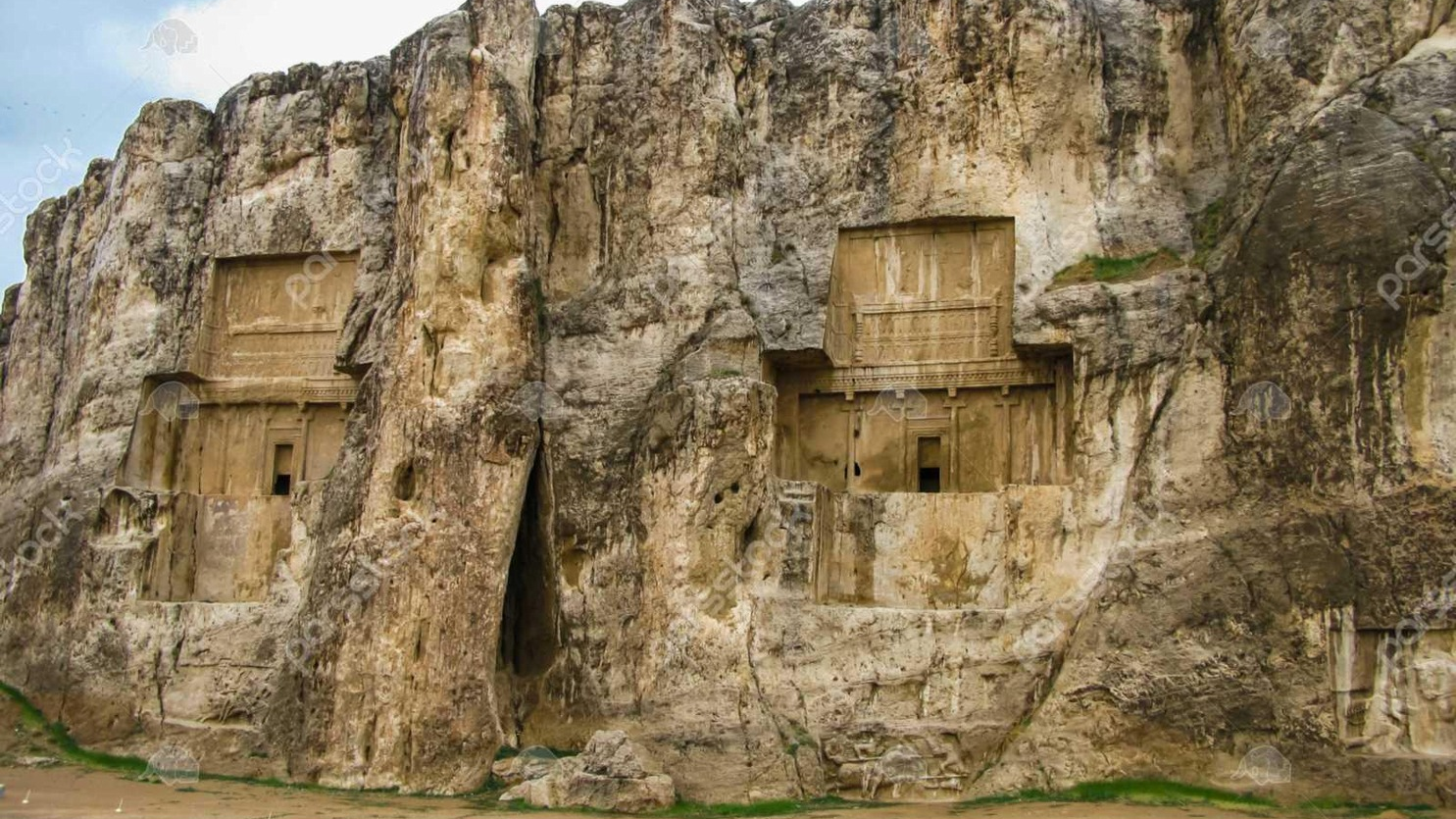
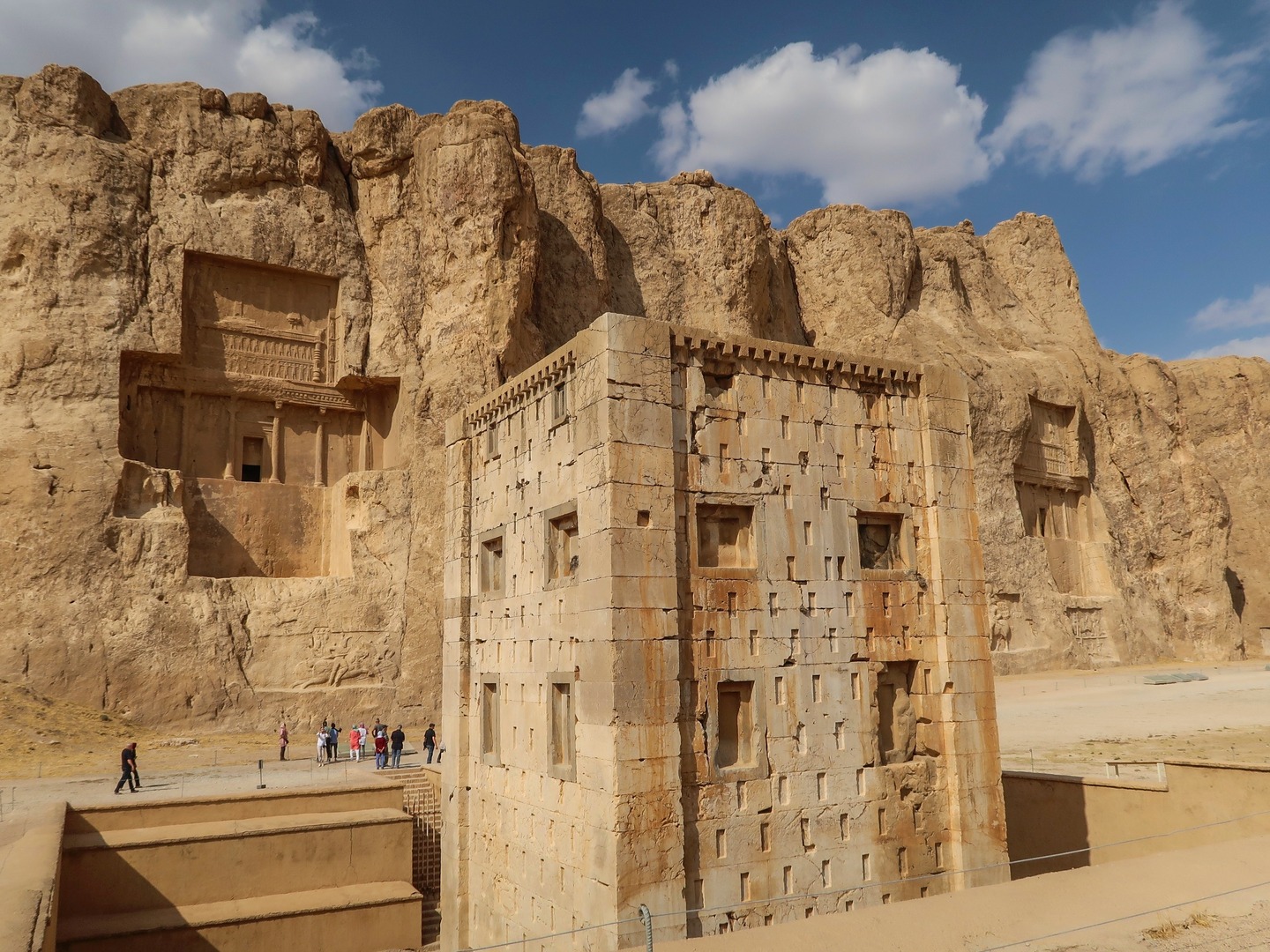


Choose blindless
Red blindless Green blindless Blue blindless Red hard to see Green hard to see Blue hard to see Monochrome Special MonochromeFont size change:
Change word spacing:
Change line height:
Change mouse type:
